Vanda orchids are a popular choice for gardeners because of their brilliant, abundant, and fragrant blossoms. They are one of the few orchid varieties that can naturally produce blue flowers.
These orchids have unique growing requirements, but caring for a Vanda is, once understood, quite straightforward. As always, our starting point is to take a look at their natural habitat. Then we will know how to provide a similar environment in our own home.
Natural Habitat
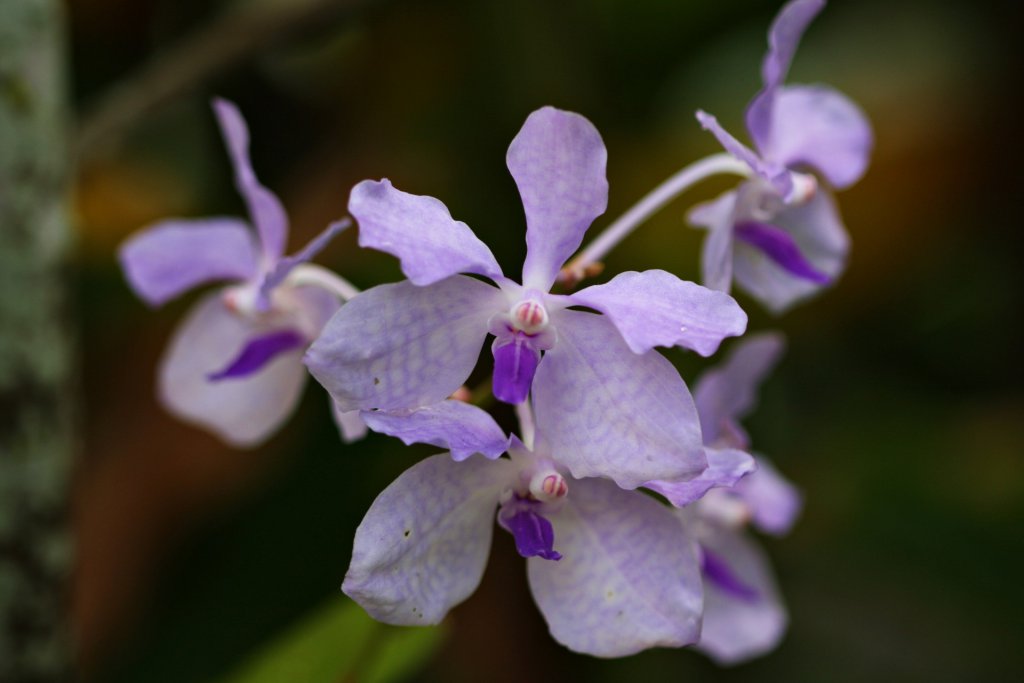
Vanda orchids occur naturally in New Guinea, some islands in the western Pacific, and in East and Southeast Asia. They’re often found in the jungle, so they are used to humid, tropical environments.
Most Vandas are epiphytes. This means that in the wild, they tend to grow in gaps or crevasses in tree bark, or in the joints of tree limbs. However, they’re sometimes found growing on rocks too.
This type of growing environment can be mimicked in cultivation to keep the plants happy and healthy.
How to Care for a Vanda Orchid
Now that we know what a Vanda’s natural habitat looks like, we can break this down into a few different aspects.
Light
In general, these orchids require a lot of light. Exactly how much light a Vanda orchid requires depends mostly on the species and the type of leaves the plant has.
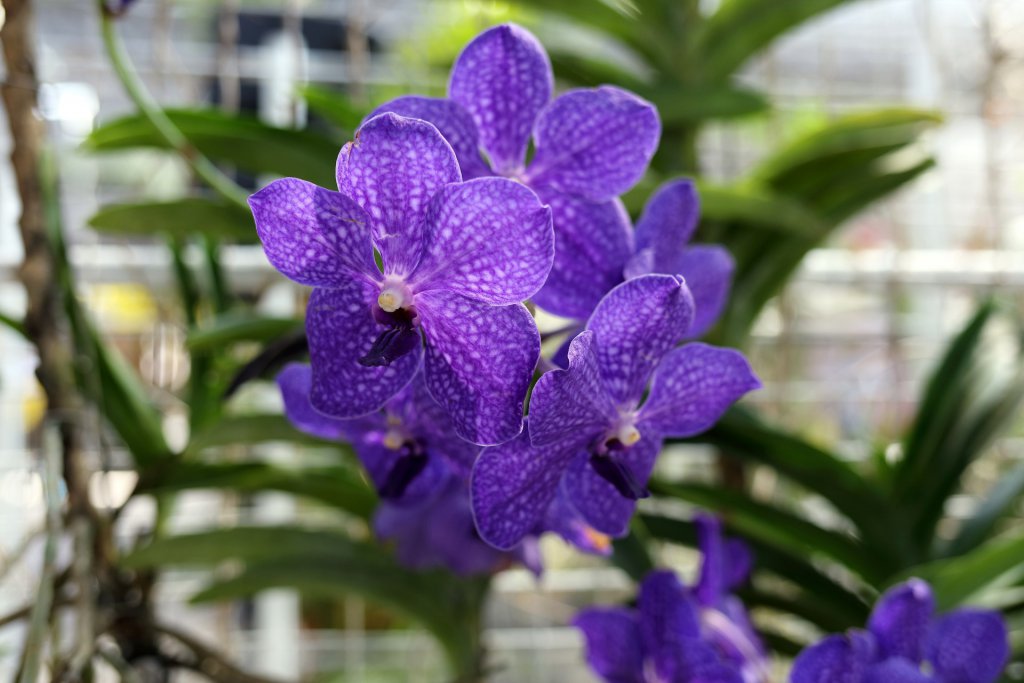
Vandas can have three types of leaves, depending on the species:
- Strap leaves: these are long and broad.
- Terete leaves: these are rounded leaves, retain water, and are nearly tubular in shape.
- Semi-terete: these fall somewhere between terete and strap in shape.
Plants with strap leaves or semi-terete leaves need partial shade and protection from the sun during the warmest parts of the day. Those with terete leaves prefer full sun.
If you’re keeping your Vanda orchid indoors, place it by a south-facing window, if possible.
Related: How Much Light Do Orchids Need?
Temperature
Vanda orchids prefer warm temperatures. Temperatures should be between 60 and 70 degrees Fahrenheit at night, with daytime temperatures reaching no more than 95 degrees Fahrenheit.
Although they can tolerate slightly colder temperatures, it is not optimal, and temperatures should not drop to below 55 degrees Fahrenheit.
Humidity
These orchids thrive in a high humidity environment. Remember, they come from a tropical natural habitat. Humidity levels of 50 percent and greater are best, with a humidity level of 80 percent considered ideal.
You can raise humidity levels using a humidifier or grouping plants together. Be careful – it’s also essential to maintain free airflow around the plants to prevent rot and bacteria.
Watering
Vanda orchids should be watered frequently, especially during the spring and summer months, which is the growing season. In autumn and winter, watering can be reduced.
The roots should remain moist but should never be soggy. A well-draining, loose potting medium can aid in keeping the roots dry.
Potting Mix
Because Vanda orchids naturally cling to cliff walls or spaces in tree bark, they require minimal potting medium. In high humidity environments, they require almost no potting medium at all.
You should choose a coarser mix that drains well, such as large pieces of fir bark. Alternatively, you can use a charcoal medium or a gritty soil that retains little water.
Pot / Hanging Basket
These plants grow from a single large stem and generally have a substantial aerial root structure. As a result, they thrive in loose net pots, or in hanging baskets.
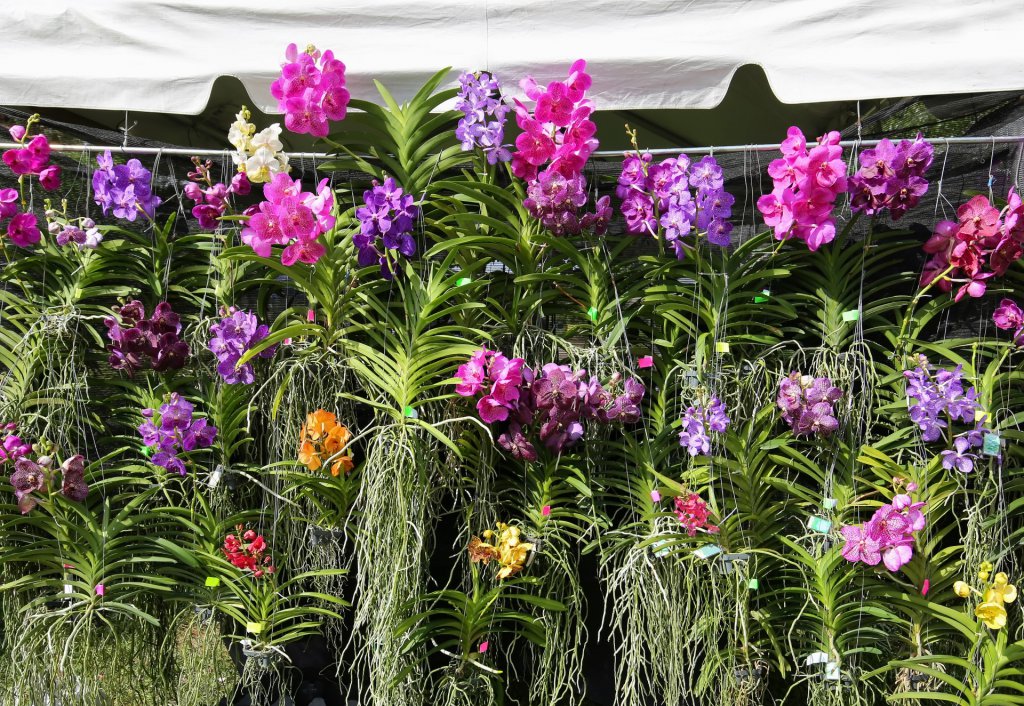
Hanging Vanda orchids is popular not only because it makes for an attractive display, but also because it is a more natural environment for the plant.
A basket with slats can simply be hung from a beam or ceiling, and the plant can be placed inside. Exposing the roots to the air actually benefits the plant’s growth.
Another option for hanging Vanda orchids is mounting them to driftwood. Plants can simply be tied gently to driftwood, and the wood can then be hung using eyehooks. To water, the entire piece of driftwood, including the plant’s roots, can be dipped in a bowl.
Repotting
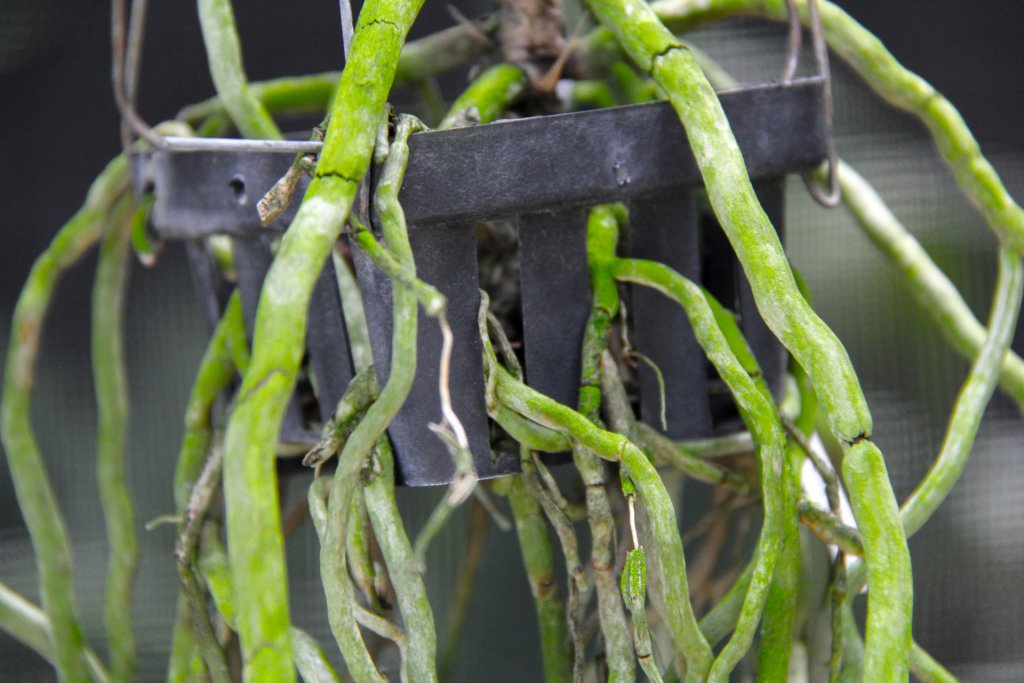
When placed in a basket, Vanda plants can be left alone for years at a time without repotting. They only need repotting about once every two years, although some sources suggest every year as a better timescale.
Before repotting, soak the plant’s roots in water to make them more pliable. Trim away any dead or rotting roots, place the plant in a larger basket or clay pot with new potting medium, and allow it to remain dry for several days before watering again.
Blooms
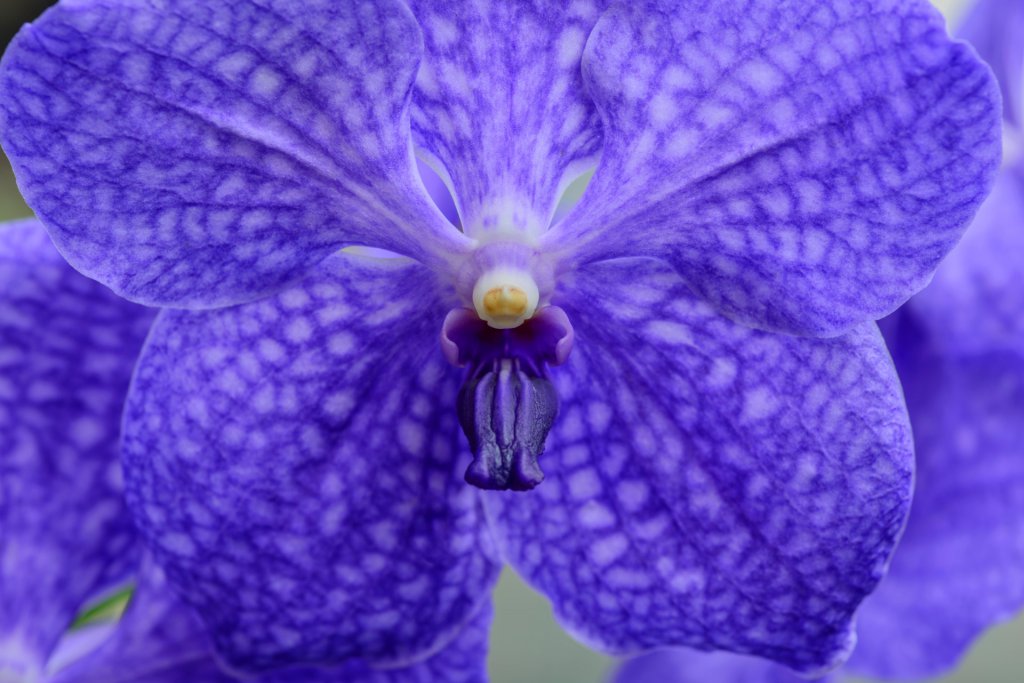
Vandas are among a handful of orchids that can produce truly blue flowers. For this reason, they are prized by gardeners interested in creating hybrids.
They feature large, brightly colored blooms with rounded petals, and grow to a variety of sizes, depending on the species.
These orchids come in many colors, including white, orange, pink, and red, and any mixes of these colors. However, the most popular and often the most visually appealing colors are purple and blue. These can range from lighter shades to dark, vibrant ones.
Vanda orchids bloom frequently (generally, every few months) and, depending on the species, can bloom at all times of the year. The blooms themselves can last anywhere from a few weeks to a month or two.
Pruning
These orchids can benefit from occasional, careful pruning. Trimming back the old stems will encourage the plant to bloom again during the next flowering cycle.
Once a stalk has finished blooming, cut it back as far as possible. When trimming the plant’s stems or roots, always be sure to use a sharp, sterilized knife or pair of scissors to minimize damage to the plant and reduce the risk of transmitting diseases.
Care Summary
Here’s a quick recap of all the different care aspects:
| Light | Strap / semi-terete leaves: partial shade Terete leaves: full sunlight |
| Temperature | Day: no more than 95 F Night: 60 to 70 F |
| Humidity | At least 50 percent, ideally 80 percent |
| Watering | Frequently, especially during spring and summer |
| Potting Mix | Minimal, coarse bark mix |
| Pot | Net pot or hanging basket |
| Repotting | Infrequently, every 2 years |
| Blooms | Every few months Blooms can last several weeks |
| Pruning | Trim the old stems after flowering finishes |
Types of Vanda
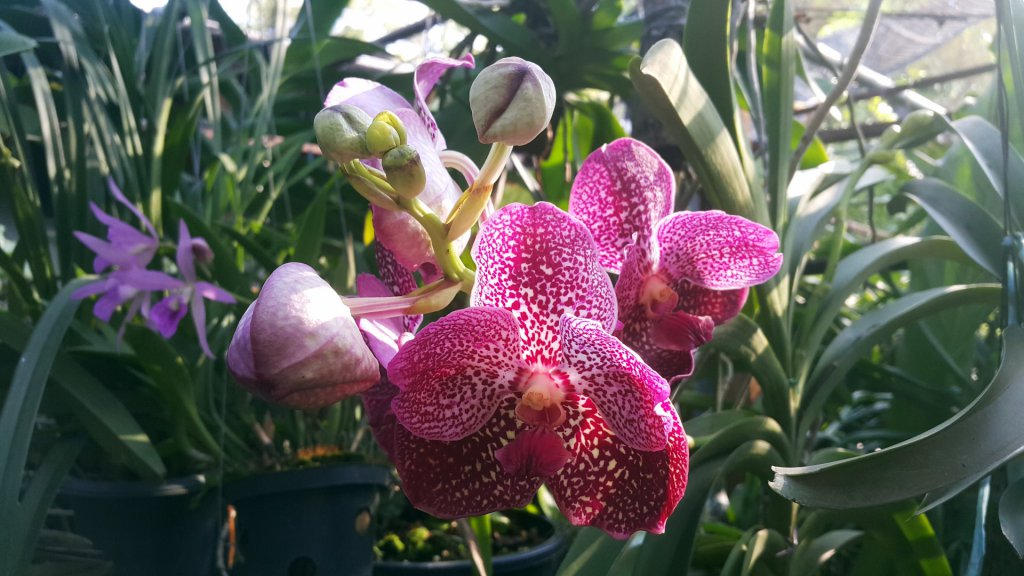
This genus is quite diverse, with about 80 different species. Common species include:
Vanda ampullacea
- Bright pink in color
- A smaller plant, with blooms only one to two inches across
- Blooms in spring and summer
Vanda coerulea
- Commonly known as the blue orchid
- Produce large purple-blue flowers
- Blooms in the autumn months
- Juice from the flowers can be used in eye drops to fight glaucoma, and may also fight aging
Vanda cristata
- Produces pale green flowers with a red and white center
- Also known as the comb Vanda
- Blooms during the spring and summer months
Vanda sanderiana
- Commonly known as waling-waling
- Produces pink and white blooms, four to six inches across
- Blooms in the spring and summer months
Vanda ustii
- Found only in the Philippines
- Produces yellow flowers with a pink center
- Flowers have a distinct rounded petal, nearly tubular in shape
Vanda hindsii
- Known as the Cape York Vanda or native strap orchid
- Flowers are brownish red with green, yellow and white markings
- Flowers from late autumn until early spring
Vanda tricolor
- Also known as the soft Vanda
- Produces white flowers with red and pink markings
- Blooms in autumn and winter
Do you love these orchids as much as we do? Let us know about your experiences growing Vandas in the comments below.

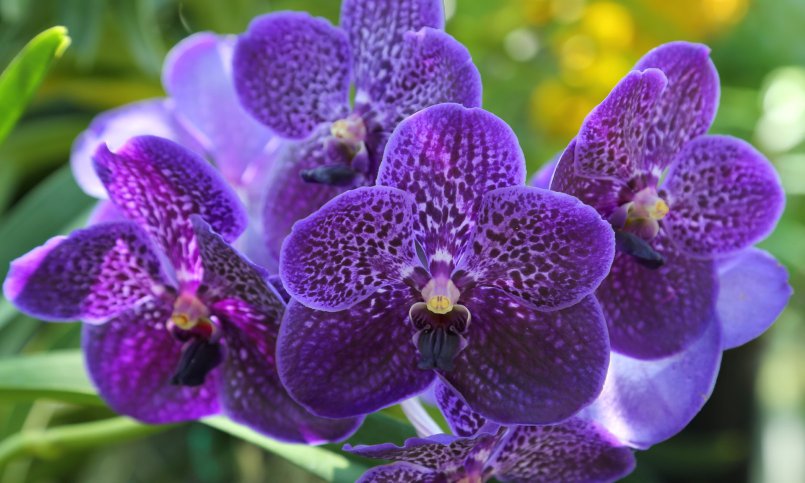
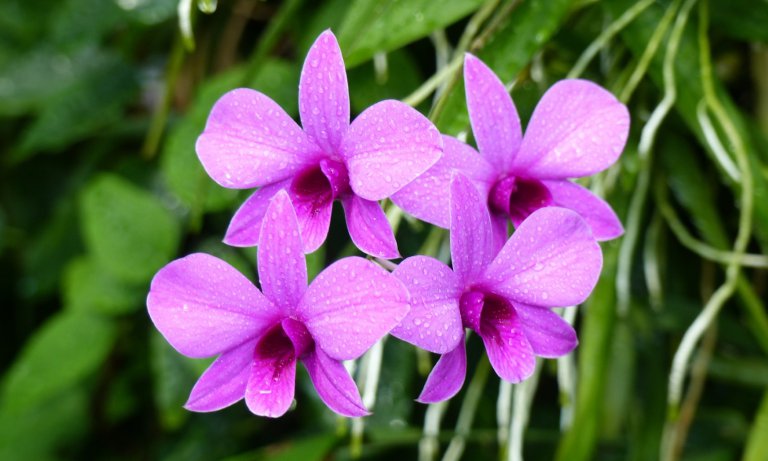
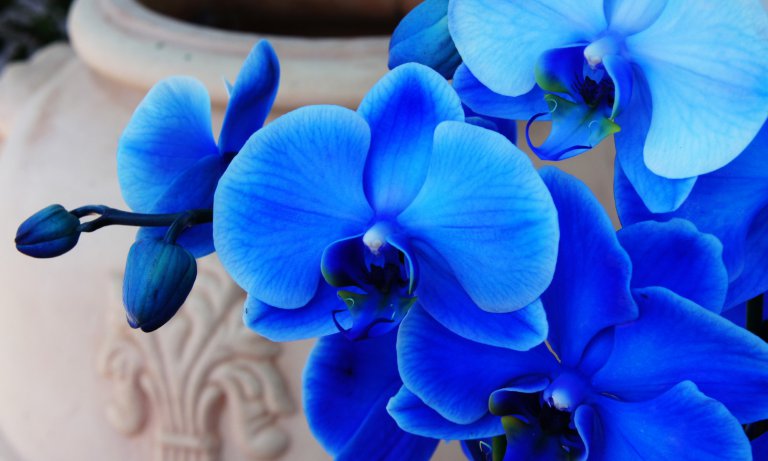
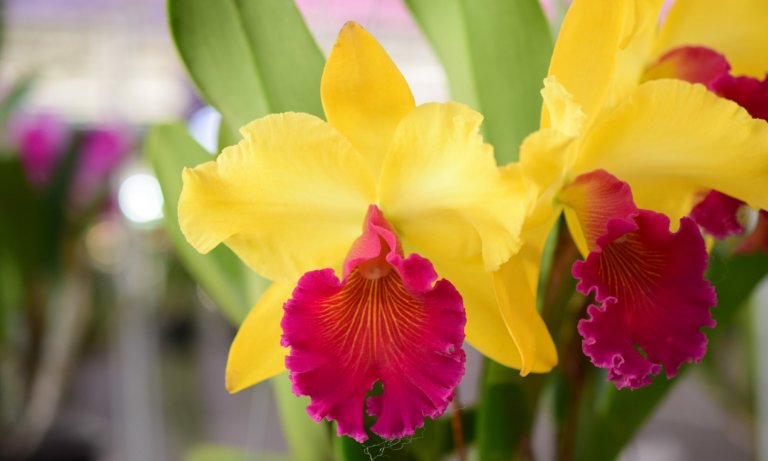
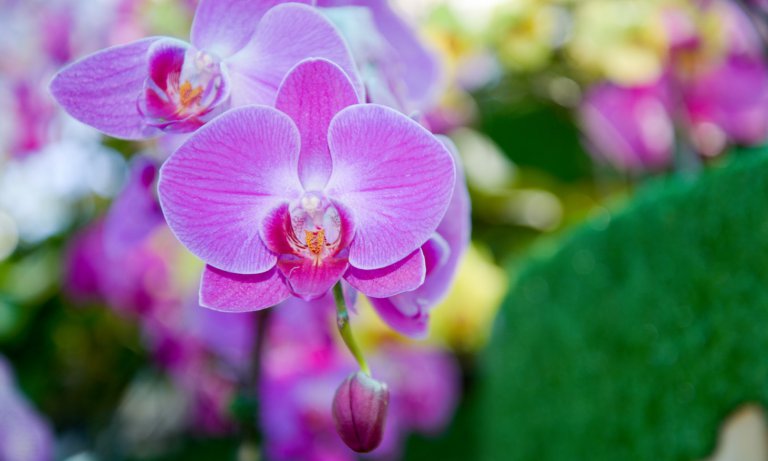
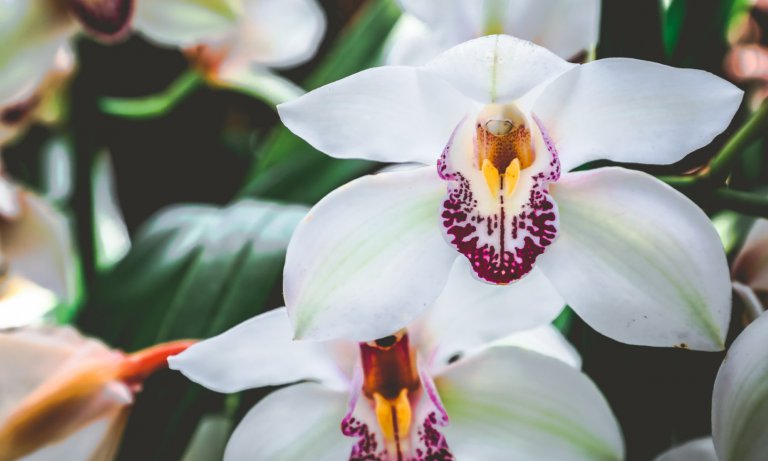
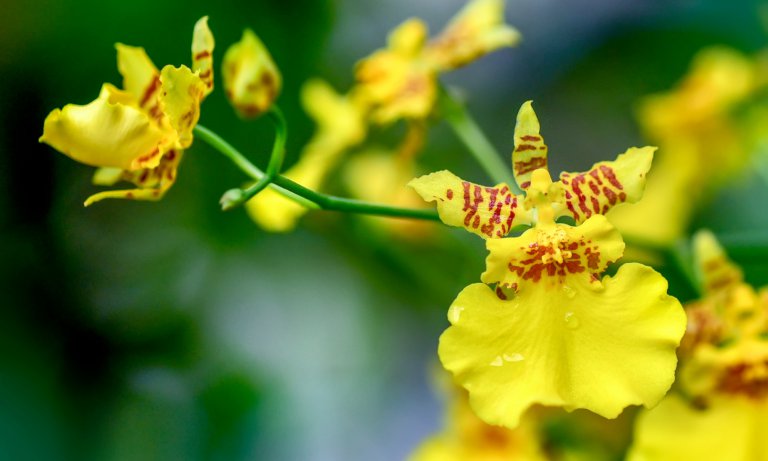
Pictures of the three types of leaves would be helpful for a novice gardener like me. I can’t judge what type of orchid I’ve got based on the words. The rest of the information is very helpful.
Great idea, thanks for the feedback!
Weldone and thanks a lot for your article. I’ld like to suggest you to write more about another species of orchids like Grammatophylum, Catasetum, Coelogyne etc. Perhaps it can help orchid lovers like me to get more information and knowledge about this beutiful plant. Thank you.